If others can see it as I have seen it, then it may be called a vision rather than a dream
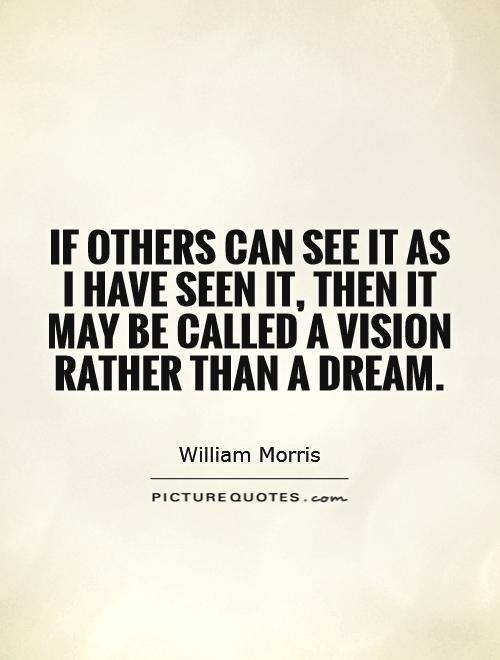
If others can see it as I have seen it, then it may be called a vision rather than a dream
William Morris, a prominent figure in the Arts and Crafts movement of the late 19th century, was a visionary in every sense of the word. His designs, writings, and political activism were all driven by a deep-seated belief in the power of beauty, craftsmanship, and social justice. Morris's work was not just about creating aesthetically pleasing objects; it was about creating a better world for all.Morris believed that art should be accessible to everyone, not just the wealthy elite. He founded the Morris & Co. design firm, which produced a wide range of decorative arts, including textiles, wallpaper, furniture, and stained glass. These designs were inspired by nature, medieval art, and traditional craftsmanship, and they were intended to bring beauty and meaning into people's everyday lives.
But Morris's vision went beyond just creating beautiful objects. He was also deeply concerned with the social and environmental impact of industrialization. He saw the rise of mass production and the exploitation of workers as a threat to both the quality of goods and the well-being of society as a whole. In response, he became a vocal advocate for socialism, workers' rights, and environmental conservation.
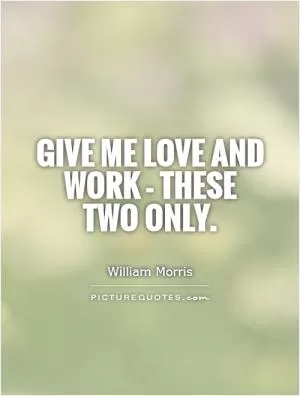





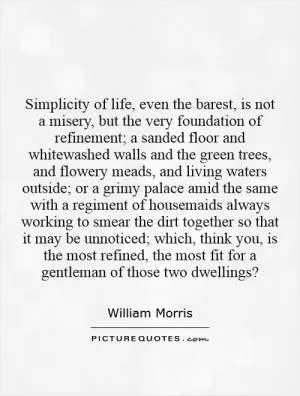


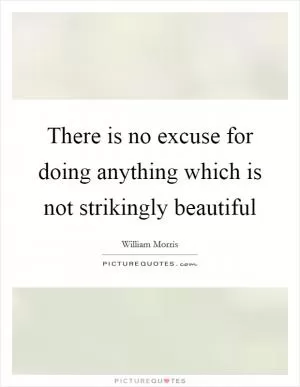
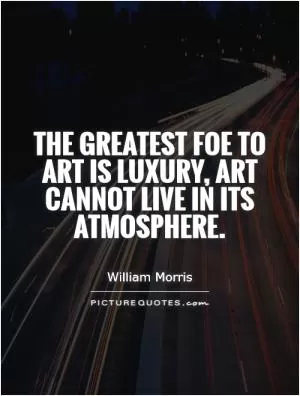
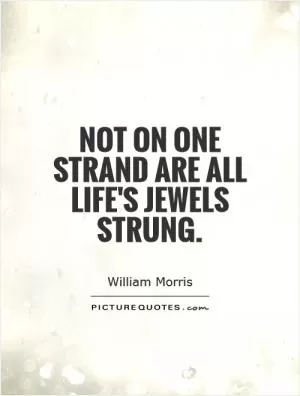
 Friendship Quotes
Friendship Quotes Love Quotes
Love Quotes Life Quotes
Life Quotes Funny Quotes
Funny Quotes Motivational Quotes
Motivational Quotes Inspirational Quotes
Inspirational Quotes